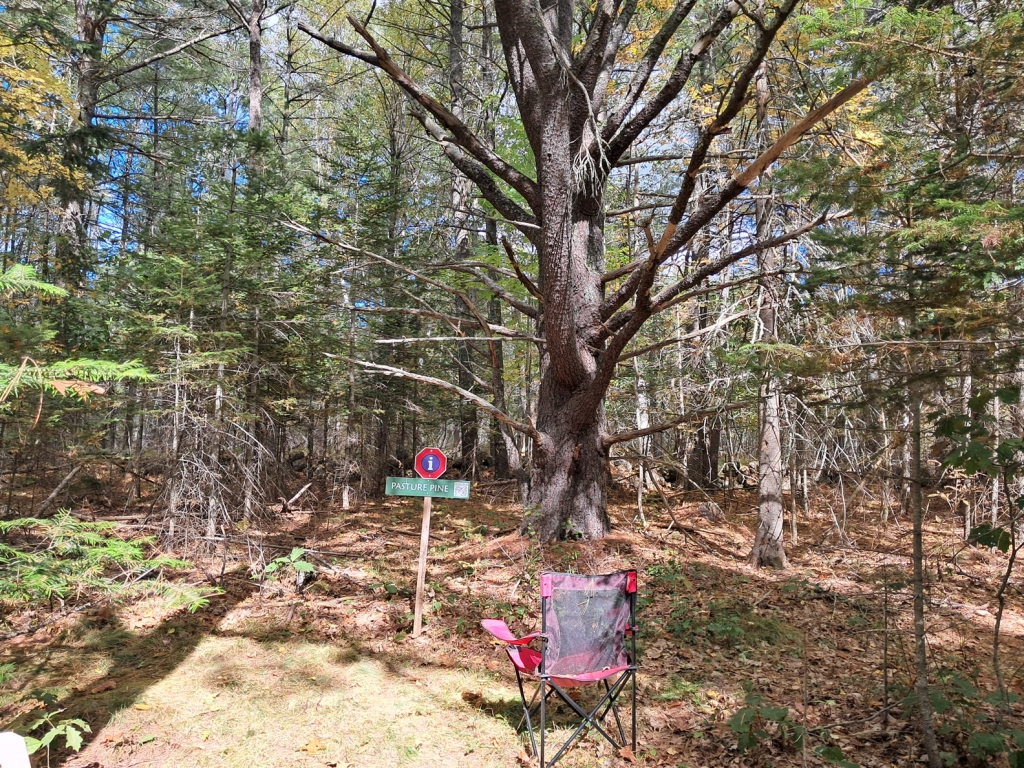New 1-Minute Video Script
This area marks the impact zone of a powerful Nor’easter that struck here recently. The storm’s fierce winds uprooted one fir tree and toppled another growing on the nearby large glacial erratic. The fallen tree still lies nearby, its exposed roots showing how shallowly firs anchor in Maine’s thin forest soils.
If you look closely, the needles on both trees have turned brown and are beginning to fall — a quiet but precise record of the storm’s timing. Within a season or two, decomposition will begin, returning their nutrients to the forest floor.
Nor’easters like this one often form off the Atlantic coast, drawing in cold air from the north and moist air from the ocean. When they meet, the resulting winds can reshape parts of the forest overnight.
Pause here and imagine that night — the roar of wind, trees bending and breaking, the landscape reshaped in just a few hours. Storms like this remind us how dynamic the forest truly is — always changing, always renewing.
